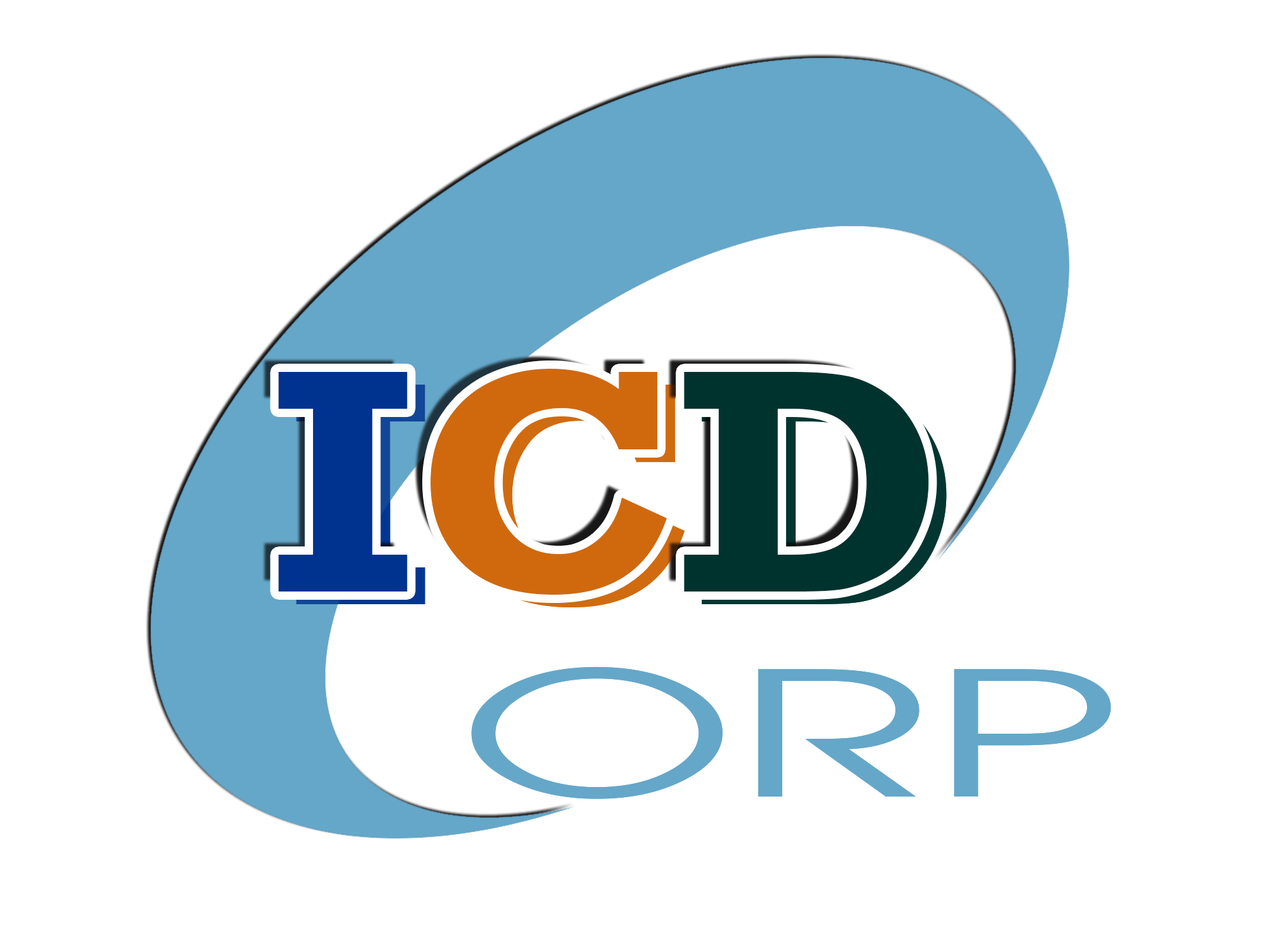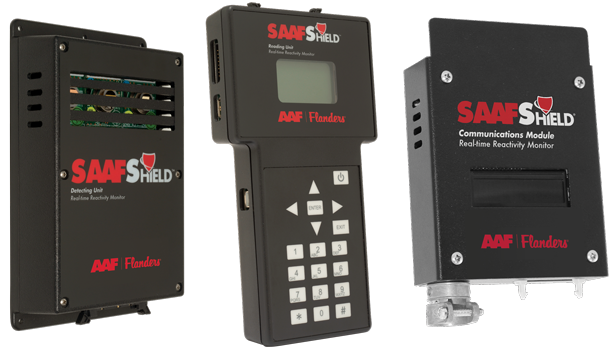Thông Tin Kỹ Thuật
Gas Phase Services
SAAF™ Chemical Media Remaining Life Analysis (RLA)
SAAF Remaining Life Analysis (RLA) measures chemical media properties to help facilities predict remaining life, replacement schedules, and inventory requirements.
Engineers and end users often ask, “How long will the media last?” or “How frequently should the media be changed?” The answer depends on the application and the gas concentrations in the environment. Various tools can help answer these questions, ranging from air measurements to occupant surveys. AAF Flanders recommends Remaining Life Analysis (RLA) for standard SAAF media. RLA assists customers in estimating remaining media life, confirming media activity, optimizing media selection, and controlling costs with timely media replacement.
 For each analyzed sample, AAF Flanders produces a Remaining Life Analysis Report. The report contains the installation and equipment information, an explanation of the results, recommendations, and a summary table. This data can be logged over time to analyze the RLA trend of a system.
For each analyzed sample, AAF Flanders produces a Remaining Life Analysis Report. The report contains the installation and equipment information, an explanation of the results, recommendations, and a summary table. This data can be logged over time to analyze the RLA trend of a system.
SAAFShield® Technology – Detecting Unit (DU), Reading Unit (RU), Communications Module (CM)
The SAAFShield Technology products work together as a real-time reactivity monitoring system. The information they provide helps facilities avoid the costly consequences of electronic equipment corrosion (failures of data servers, control room equipment, or other critical microelectronics).
The SAAFShield Detecting Unit works together with either the SAAFShield Reading Unit or the SAAFShield Communications Module to display and trend corrosion data over time. The Detecting Unit is the sensing side of the technology. The Detecting Unit is non-powered, providing a low-cost option that can be easily deployed at multiple locations and read periodically with the Reading Unit. Alternatively, constant trending of corrosion rates is possible when connected with a Reading Unit or Communications Module. The Reading Unit can log data on a USB drive to be graphed through the SAAFShield website. The Communications Module transmits data to building management software through a 4-20 mA signal, allowing for facility-wide monitoring.
SAAF™ Reactivity Monitoring Coupons (RMCs)
The SAAF Reactivity Monitoring Coupons (RMC’s) provide information on the average air reactivity over 30 days. The information they provide helps facilities evaluate area or room conditions in relation to air reactivity and take any needed action to protect their electronics, equipment, processes, artifacts, and historic assets.
RMCs determine environment reactivity through exposure in the environment and subsequent lab analysis. This technology is used to investigate the condition of control rooms or other protected environments housing electronic equipment in industrial facilities, such as pulp and paper mills, petrochemical refineries, and chemical plants. RMCs are also used to investigate the condition of facilities such as data centers, museums and archives, and microelectronic production or storage areas. Additionally, mechanical equipment such as compressors can be affected by reactive gases in the air and can be evaluated with RMCs. Various standards and classification schemes correlate corrosion film amounts to reactivity classifications. Therefore, AAF Flanders offers RMC reports in four different formats, each reflecting a different scale for characterizing the overall reactivity level.
SAAF™ Tech Tools
SAAF Tech Tools is a decision-sciences software for configuring clean air products to remove airborne gaseous contaminants. This decision science software walks you through the entire process by using application-specific data and predefined applications, including industry-specific information. Our software works to identify optimal media solutions, the size or volume required, their projected efficiency on a given application, and the equipment needed—ultimately creating a rapidly customized submittal package.


